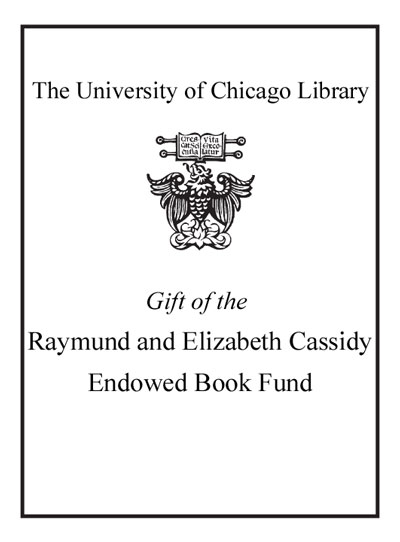Review by Booklist Review
*Starred Review* In this fast, dramatic novel told in screenplay format, Myers takes on a controversial historical conflict that is seldom written about: the New York Draft Riots of 1863, when struggling Irish immigrants protested being called up by Lincoln to die for the darkies in the Civil War. The story focuses on 15-year-old Claire, the biracial daughter of a black man and a white Irishwoman. The diverse voices, from all sides black, white, and mixed race; soldier and policeman; racist, looter, and victim will draw readers into the fiery debates. The swells are looking to send us off to fight for the Colored, says an angry Irishman who has nothing. Coloreds don't have nothing either, is one reply. There are no easy resolutions, idealized characters, or stereotypes, and the conflicts are unforgettable. A policeman does not want to shoot the looters. A weary soldier clean forgot what this war was about. Maeve, a bigoted white teen, does change in the end, but only a little. Great for reader's theater, this is sure to spark discussion about race, class, conflict, and loyalty, then and now.--Rochman, Hazel Copyright 2009 Booklist
From Booklist, Copyright (c) American Library Association. Used with permission.
Review by Publisher's Weekly Review
Written in screenplay format like his Printz Award-winning Monster, Myers's historical novel is set in 1863 New York City during the Civil War draft riots, which began as a protest against conscription and resulted in a clash between the city's Irish and African-American populations. The streets are no longer safe for 15-year-old Claire, whose parents (her father is black, her mother Irish) run the Peacock Inn restaurant/tavern. "I don't see why you have to be a black person or a white person," Claire says, after being cautioned to stay inside. "Why can't you just be a person?" But when the Colored Orphan Asylum is looted and burned, Claire feels an obligation to help. Myers writes poignant dialogue, laying bare the prejudices of the period, while exploring Claire's emotional transition out of childhood. Stage directions ("CLOSE-UP of MAEVE. Her face is a picture of incredible anger as she screams at the POLICE") pull readers into both the setting and characters, though the transitions between scenes are occasionally jarring. Readers should find this story moving-a direct result of Myers's empathetic portrayal of those on both sides. Ages 12-up. (Sept.) (c) Copyright PWxyz, LLC. All rights reserved
(c) Copyright PWxyz, LLC. All rights reserved
Review by School Library Journal Review
Gr 7 Up-An innovative screenplay format reveals the turmoil of the New York City Draft Riots of 1863. A large cast of characters, varied in gender, skin color, and background, provides rich opportunities to explore questions of race, war, and freedom. The result is a unique, thought-provoking look at a lesser-known Civil War event. Audio version available from Listening Library. (c) Copyright 2011. Library Journals LLC, a wholly owned subsidiary of Media Source, Inc. No redistribution permitted.
(c) Copyright Library Journals LLC, a wholly owned subsidiary of Media Source, Inc. No redistribution permitted.
Review by Kirkus Book Review
In a screenplay format similar to his groundbreaking Monster (2000), Myers tells the story of the Civil War Draft Riots in New York City. Aerial camera shotszooming in, panning awaytake viewers from present-day Manhattan through history, settling in on July 13, 1863, effectively establishing the context for the play. Fifteen-year-old Claire Johnson, daughter of an Irish mother and African-American father, could pass as white but chooses not to, but her identity crisis mirrors the upheaval the city faces as Irish mobsangry at the federal government's Civil War draft, blacks they see as taking their jobs and wealthy "swells" who can buy their way out of the warattack blacks in the streets, loot stores and provoke soldiers into firing into crowds. The large cast of characters gives voice to the various players in the historical event, including Walt Whitman, whose words add philosophical depth to the story. Another innovative work by an author constantly stretching the boundaries of what fiction can be, and a natural for readers' theater in the classroom. (Historical fiction. 11 up) Copyright Kirkus Reviews, used with permission.
Copyright (c) Kirkus Reviews, used with permission.
Review by Booklist Review
Review by Publisher's Weekly Review
Review by School Library Journal Review
Review by Kirkus Book Review

